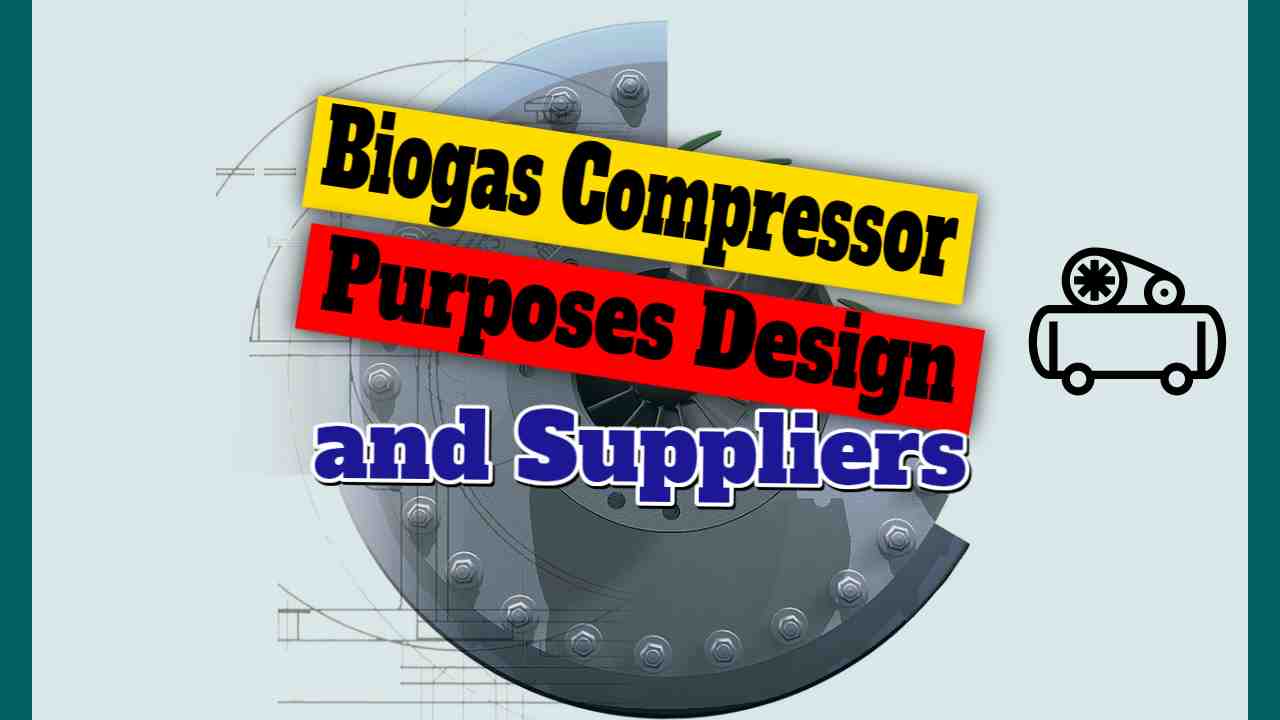Complete On-Site Biogas Recovery and Upgrade Compressor Solutions
The collection of gas from anaerobic fermentation, which would otherwise produce methane emissions from landfills, dairies/cattle feedlots, and wastewater facilities, not only eliminates methane emissions into the atmosphere, but it may also be a source of additional revenue and profit for the operator.
Biogas derived from biodegradable materials has the potential to be compressed and used as a lucrative renewable fuel source.
It makes sense to accomplish this and sell the biogas in a purified form for optimum return on investment for purposes such as road car fuel.
Several companies are proposing solutions to the difficult gas compression equipment required to market the resultant biomethane fuel product. There are a number of turnkey systems available for on-site biogas recovery and upgrading, including appropriately designed biogas compressor and blower kits.
Compressor and Blower Packages for Biogas
To fill gas cylinders for sale or inject biomethane into the natural gas grid, the biogas plant operator will require a specialised biogas blower and compress package.
In North America, Applied Compression is an example of a company that provides a wide range of low, medium, and high-pressure compressor and blower systems.
Their packages range in size from 3 hp to about 750 hp and are intended for corrosive digester gas applications. They are designed to resist pressures ranging from zero to 5,000 PSIG.
According to them, their engineers have leveraged their company's over 50 years of experience in gas separation and compression to become biogas and landfill gas specialists.
Their speciality is said to be a custom-engineered blower, gas compressor, and dehydration systems customised to their client's specific needs.
Compressors for Biogas / Biomethane for Europe / Global
Hundreds of compressors deployed in biogas and biomethane production plants around Europe and the world, we believe, have positioned Fornovo Gas S.p.A. as a world leader in green energy excellence.
Biogas may be generated by fermenting biomass, such as wet municipal waste. To obtain raw biogas, the biomass is passed through a fermentation tank (Continuously Stirred Tank Reactor or CSTR). A low-pressure compressor then transports the biogas to the upgrading system. Greater pressure is necessary after upgrading for gas grid injection or filling cylinders.
Biogas compressors by Aerzen are offered for biogas applications. Whether you need to generate biomethane, feed kilometre-long supply networks, or provide intake pressure for combined heat and power plants.
Because of the corrosive character of the gas and the high pressures that may be necessary, compressor technology is put to the test in biogas applications.
The Aerzen biogas compressor Series C is an oil-free screw compressor available in three sizes for volume flows of up to 1900 m3/h and overpressures of up to 3,5 bar. It is ideal for increasing the input pressure of biogas treatment facilities or as a vital component of biogas injection plants for compressing biomethane to inject into gas networks.
The development expertise of this international market leader, Aerzen, serves as the foundation for this since Aerzen has, we understand, invented, optimised, and delivered effective compressors since 1943.





